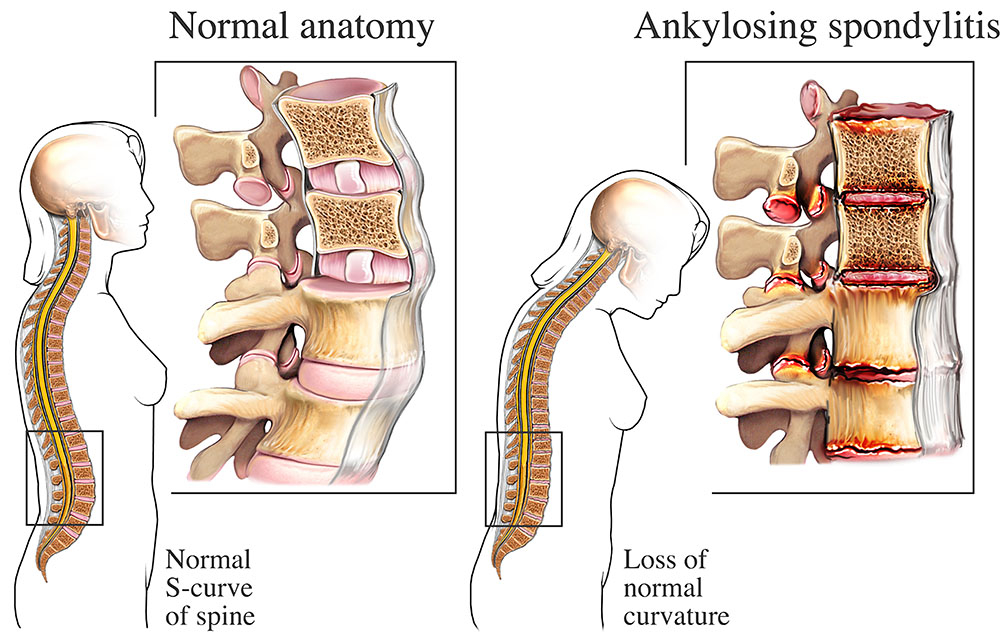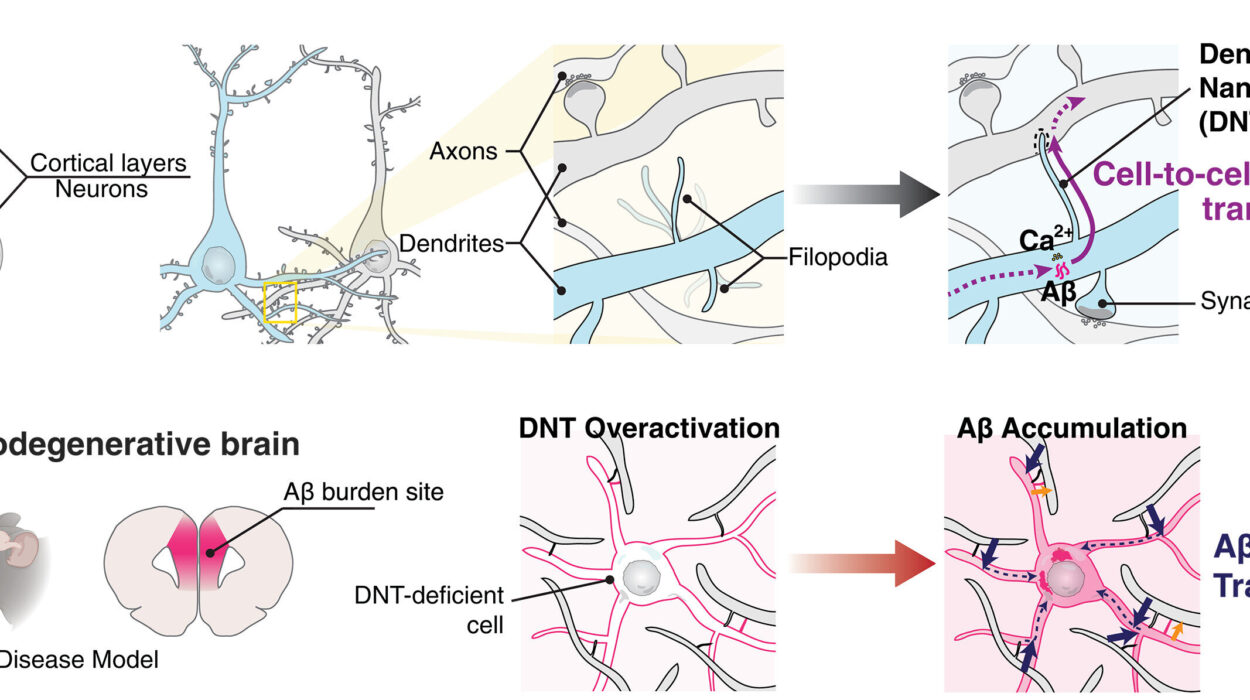Scientists have long known that our genes influence how we think, behave, and respond to the world around us. Now, a groundbreaking new study led by researchers at the University of California San Diego School of Medicine, in collaboration with 23andMe, has uncovered specific regions of the human genome linked to cannabis use—offering new insights into why some people are more likely to use cannabis or develop dependence on it.
The study, published in Molecular Psychiatry, goes beyond the question of who uses cannabis and delves into why our biology may predispose us to certain behaviors and health risks. By linking genetic data to cannabis use habits, the research sheds light on complex connections between our genes, brain function, and mental health.
A Genetic Map of Cannabis Use
Cannabis is one of the most widely used psychoactive substances in the world. Yet despite its growing social acceptance and legalization in many regions, the biological and psychological effects of cannabis—and why some people struggle to control their use—remain poorly understood.
To address this, the UC San Diego research team conducted a massive genome-wide association study (GWAS) using genetic data from 131,895 volunteers who are part of 23andMe’s research program. Participants were asked whether they had ever used cannabis and how frequently they used it. This genetic approach allowed scientists to scan millions of genetic variants across the genome to identify specific regions associated with cannabis-related behaviors.
“Cannabis is widely used, but its long-term effects on health remain poorly characterized,” said Sandra Sanchez-Roige, Ph.D., associate professor of psychiatry at UC San Diego School of Medicine and senior author of the study. “Understanding the genetics of early-stage behaviors may help clarify who is at greater risk, opening the door to prevention and intervention strategies.”
Two Genes Stand Out: CADM2 and GRM3
Among the key findings, two genes emerged as particularly significant in shaping cannabis-related behaviors.
The first, CADM2 (Cell Adhesion Molecule 2), is known to play an important role in how brain cells connect and communicate. Previous research has linked this gene to impulsive behavior, risk-taking, obesity, and even certain cancers. Now, it appears to influence both whether someone tries cannabis and how frequently they use it.
The second gene, GRM3 (Metabotropic Glutamate Receptor 3), helps regulate communication between neurons and supports long-term brain plasticity — the ability of the brain to adapt and change. This gene has also been linked to serious psychiatric conditions like schizophrenia and bipolar disorder.
These findings suggest that the same biological systems influencing brain communication, impulse control, and risk-taking may also shape cannabis use behaviors.
Expanding the Genetic Picture
But the story didn’t end there. The researchers conducted a deeper analysis that uncovered an additional 40 genes associated with lifetime cannabis use and four genes tied to how often people used the drug. Remarkably, 29 of these genes had never before been linked to cannabis-related traits.
“We showed that the genetics of cannabis use—both trying it and using it more often—are tied to the genetics of other psychiatric traits, cognitive measures, and even physical health problems,” said Sanchez-Roige.
These results reinforce the idea that cannabis use does not exist in isolation. Rather, it is part of a larger biological and behavioral network that connects to mental health, cognition, and physical well-being.
Connecting Genes to Health and Behavior
To explore these links further, the team examined how genetic predisposition to cannabis use overlaps with other health conditions. They drew on two massive datasets — the National Institutes of Health’s All of Us Research Program and Vanderbilt University Medical Center’s biobank — to compare genetic risk factors with thousands of medical and behavioral traits.
The analysis revealed that genes associated with cannabis use were also linked to over 100 different traits. These included psychiatric conditions such as schizophrenia, ADHD, anxiety, and depression; cognitive characteristics like executive function and risk-taking; and physical conditions such as diabetes, chronic pain, and coronary artery disease.
Interestingly, the genetic profiles that predispose individuals to cannabis use were also associated with a higher likelihood of tobacco use, infectious diseases like HIV and viral hepatitis, and autoimmune disorders.
“Genetic tools like GWAS help us identify the molecular systems that connect cannabis use to brain function and behavior,” said Abraham A. Palmer, Ph.D., co-author of the study and vice chair for basic research in the Department of Psychiatry at UC San Diego.
These discoveries suggest that the relationship between cannabis use and health is far more complex than previously understood. It may not just be cannabis itself, but underlying genetic and biological factors that influence both substance use and susceptibility to disease.
Understanding Risk Before Addiction
Most people who experiment with cannabis will not go on to develop cannabis use disorder (CUD), a condition characterized by compulsive use that interferes with daily life. However, studies estimate that nearly 30% of users eventually develop some level of dependency or misuse.
By identifying genes involved in early-stage cannabis behaviors—like trying the drug or using it more frequently—researchers hope to uncover the biological pathways that precede full-blown addiction.
“Cannabis use exists on a continuum,” explained first author Hayley Thorpe, Ph.D., a visiting scholar in Sanchez-Roige’s lab and a postdoctoral researcher at Western University. “By studying these intermediate traits, we can begin to map how genetic risk unfolds before cannabis use disorder develops.”
This approach represents a crucial shift in addiction science: instead of focusing only on those who are already struggling, it aims to understand vulnerability before it becomes a problem.
Toward Prevention and Personalized Treatment
Currently, there are no FDA-approved medications for treating cannabis use disorder. Behavioral therapies can help, but relapse rates remain high. The new findings could change that by providing biological targets for future drug development.
By revealing which genes and brain systems are involved, scientists can begin to design therapies that specifically address the underlying biology of cannabis use and dependence. This could lead to more effective, personalized prevention and treatment strategies.
For instance, individuals with genetic profiles linked to impulsivity or poor stress regulation may benefit from early behavioral interventions, while those with certain neurochemical profiles might respond better to targeted pharmacological treatments.
The researchers also emphasize the potential for public health benefits. Understanding genetic vulnerability could help policymakers and clinicians identify at-risk populations and design education campaigns that focus on prevention rather than punishment.
The Bigger Picture: Genes, Environment, and Choice
While genetics play an undeniable role, the researchers are quick to note that DNA does not dictate destiny. Environmental factors — such as social influences, stress, early exposure to substances, and cultural attitudes toward cannabis — also profoundly shape behavior.
Genes may set the stage, but experience writes the script. The interplay between biological predisposition and life experience is what ultimately determines whether someone uses cannabis casually, avoids it altogether, or develops a problematic relationship with it.
In other words, understanding the genetics of cannabis use is not about labeling people but empowering them — giving individuals and health professionals the tools to make informed decisions based on a deeper awareness of risk and resilience.
A New Frontier in the Science of Addiction
This study represents one of the first large-scale efforts to uncover the genetics behind early behaviors leading to cannabis use disorder. It provides a foundation for future research exploring how specific genes influence the brain’s reward pathways, learning processes, and emotional regulation.
By mapping the genetic architecture of cannabis use, researchers are not only learning about addiction but also gaining insight into the biology of human behavior itself.
“We’re beginning to see how deeply our genes are intertwined with our choices, experiences, and health outcomes,” said Sanchez-Roige. “This understanding could ultimately lead to a more compassionate and science-based approach to addiction.”
The Promise of a Healthier Future
As cannabis use continues to rise worldwide, so too does the importance of understanding its biological and psychological impacts. This research from UC San Diego and 23andMe provides an essential step toward that goal — blending genetics, psychiatry, and public health into a more complete picture of human behavior.
The hope is that one day, these discoveries will lead to concrete ways to prevent addiction, guide safe use, and offer new treatments for those struggling with dependence. Beyond the science, the study reminds us of something deeply human: that our choices are shaped by both the code written in our DNA and the lives we build around it.
The more we learn about the genetics of cannabis use, the closer we come to unlocking one of biology’s most powerful truths — that understanding ourselves, at every level from molecule to mind, is the key to living healthier, freer, and more informed lives.
More information: Hayley H. A. Thorpe et al, Genome-wide association studies of lifetime and frequency of cannabis use in 131,895 individuals, Molecular Psychiatry (2025). DOI: 10.1038/s41380-025-03219-2 www.nature.com/articles/s41380-025-03219-2






